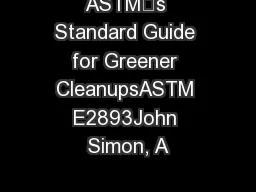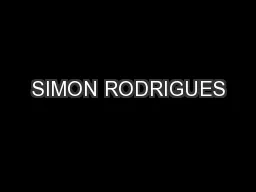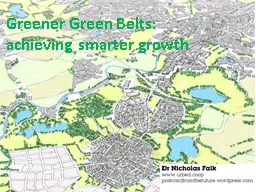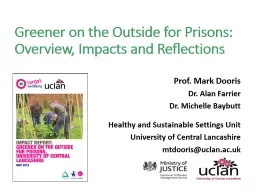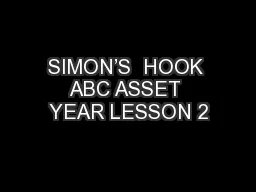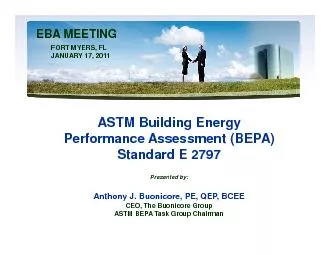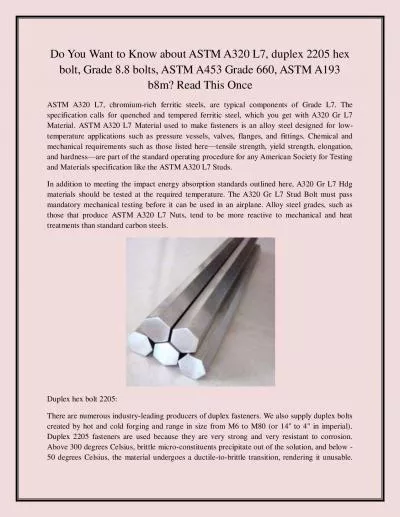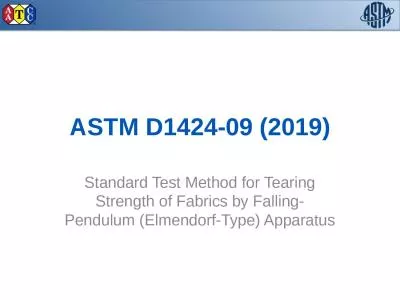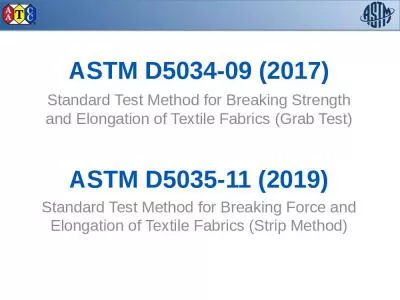PDF-ASTM’s Standard Guide for Greener CleanupsASTM E2893John Simon, A
Author : pamella-moone | Published Date : 2016-10-31
ASTM Framework for Greener CleanupsGreener Cleanup is a Process not a TechnologyGreener cleanup principles should be integrated into cleanup projectsApplied on a
Presentation Embed Code
Download Presentation
Download Presentation The PPT/PDF document "ASTM’s Standard Guide for Greener C..." is the property of its rightful owner. Permission is granted to download and print the materials on this website for personal, non-commercial use only, and to display it on your personal computer provided you do not modify the materials and that you retain all copyright notices contained in the materials. By downloading content from our website, you accept the terms of this agreement.
ASTM’s Standard Guide for Greener CleanupsASTM E2893John Simon, A: Transcript
Download Rules Of Document
"ASTM’s Standard Guide for Greener CleanupsASTM E2893John Simon, A"The content belongs to its owner. You may download and print it for personal use, without modification, and keep all copyright notices. By downloading, you agree to these terms.
Related Documents

